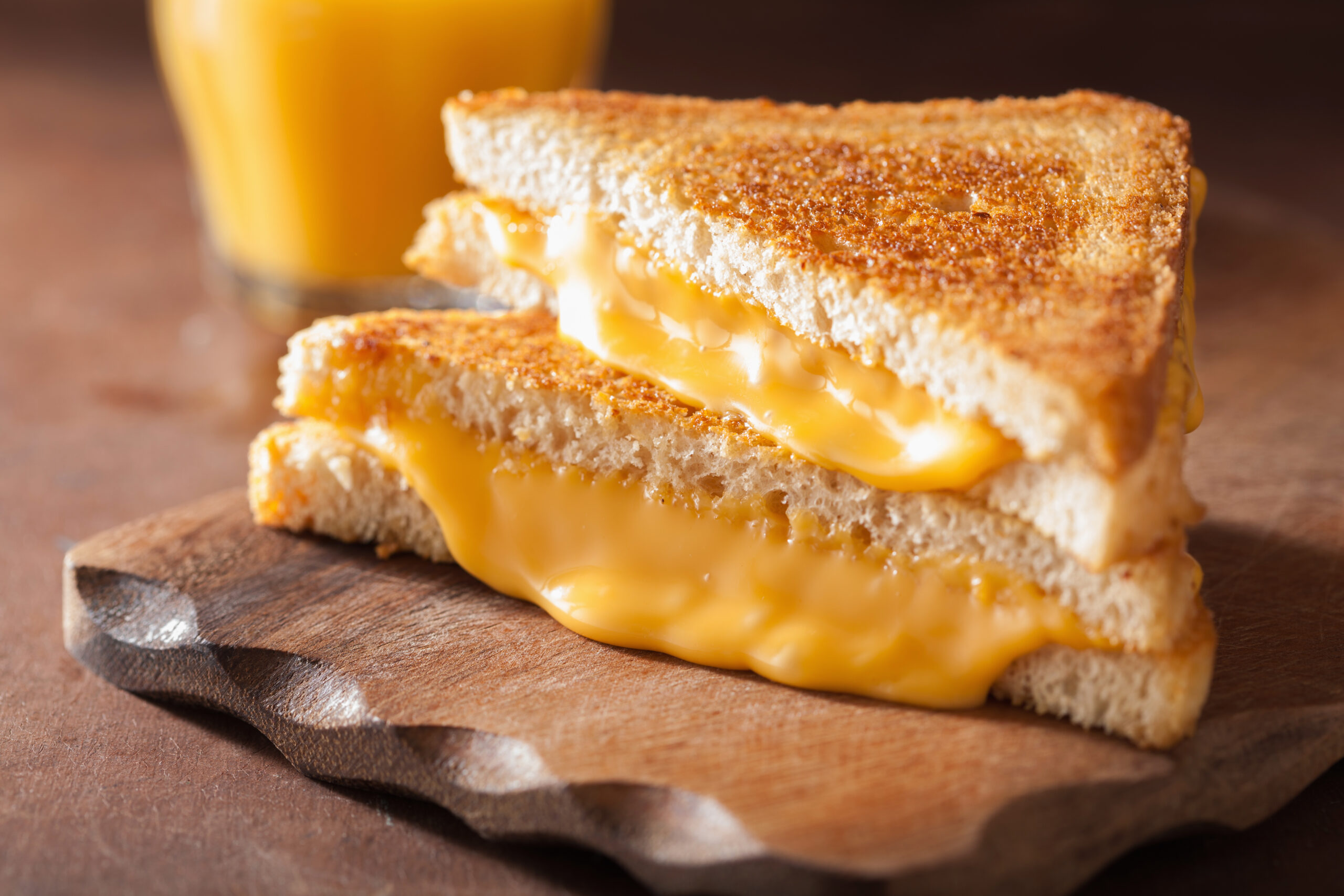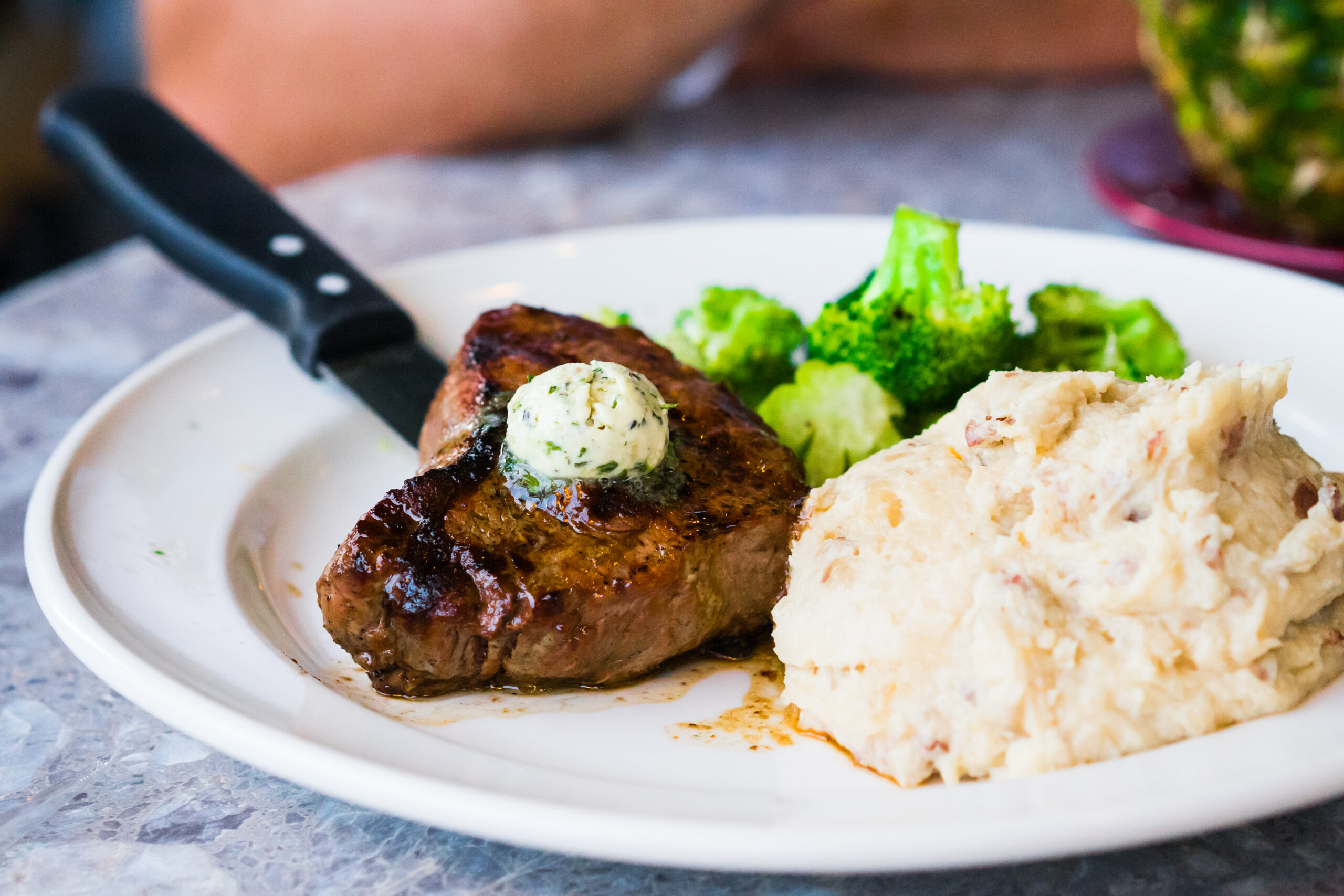What If Pests Could Write a Cookbook?
What If Pests Could Write a Cookbook?
There are three essentials for a pest that are their main motivations in life: food, water, and shelter. Of course, the specifics of each one are predetermined by the pest’s species and location. For instance, desirable food can look quite different between species, especially since availability and surrounding threats affect the pest’s choice in the matter. Some only seek out plants to devour, while others would prefer to spend their days hunting tiny insects. Across the general pest category, one thing is for sure: pests eat their foods in the most boring ways possible. There’s typically no seasoning, cooking, or additional ingredients – but what if there was? Let’s take a journey back into the fictional world where pests can enjoy the same activities and traditions that we do, and imagine what kinds of cookbooks they would write if they had the opportunity to finally enjoy some delicious food.
Desserts Cookbook – Ants

People with the most intense sweet tooth have nothing on the hardworking ant. While it’s true that ants are drawn to all kinds of food, they primarily search for anything sugary or packed with protein. Since they are constantly working and burning their energy, ants need to gather food that will keep up the energy and health of their colony at all times. They favor sticky, sugary foods since these are easier to retrieve and take back to their colony. Worker ants eat the sugary substance, use that energy spike to forage for more food, and repeat this process for the rest of their lives. This is why they would definitely write a cookbook all about sweets. Ants would include plenty of glossy photos in the book to give the reader a sense of just how sickly sweet these desserts are. The book would probably be called Sticky, Sugary, Sensational to give everyone a true sense of what they are in for when they pick up this cookbook. There would be over 200 recipes (the ants would have even more energy once they eat their own desserts), but their favorites would be the jam-filled cupcakes, fruity cereal marshmallow bars, and raisin cookies.
Vegetarian Cookbook – Aphids

These days, there are countless cookbooks dedicated to various diets, preferences, and seasons. It’s not too difficult to find a cookbook for your specific dietary needs, especially if you browse at the major book retailers. Vegetarian and vegan recipes have risen in popularity over the past few decades, and this translates to the publishing scene as well. Aphids have been vegetarians (aka herbivores) since the beginning, but their diet is not beneficial to us at all. Their sharp mouthparts pierce the plant before the aphid drinks the sap within. They can feed from the stem, leaves, or roots, but we usually find them on the underside of green leaves. If aphids feed on one plant for too long, they will stunt its growth and eventually kill it before moving on to the next plant. Aphids would definitely publish a vegetarian cookbook, but they would elevate each recipe to taste much better than the plant sap they realistically enjoy. They would make the recipes as simple and straightforward as possible since aphids don’t like to waste time with anything. Their cookbook would be called Being Green – Made Easy! and would quickly become one of the bestselling vegetarian cookbooks on the market. In their own cookbook, the favorite recipes of aphids would be a leafy salad with sweet vinaigrette, roasted vegetables, and pesto toast.
Family Recipes Cookbook – Carpenter Bees

Carpenter bees are simultaneously nothing like other bees and very similar to them. On one hand, carpenter bees don’t live in colonies or come from a queen bee. But they also keep their homes hidden and live on pollen and nectar, so the evident qualities of a bee are still present. Unlike termites, carpenter bees do not eat the wood that they tunnel into while crafting their home deep within the grain. The female bees will give each of her eggs its own little room within the home, separated by gallery walls made of chewed wood. But the eggs are not alone in their rooms, as the mother will set each egg on its own piece of “bee bread.” This is a combination of pollen and nectar that the female bee chews up before placing them in their home. With the mother bee sweetly preparing some food for her young and using the same recipe every time, it is no surprise that carpenter bees would likely write a cookbook all about family recipes. This sub-genre of cookbooks is known for how each recipe comes with a story about its origins, and carpenter bees would love this format for their own recipes. This cookbook would be written with the bee’s offspring in mind, but families of all kinds would enjoy the simple yet delicious recipes. They would title it Breaking (Bee) Bread, and the carpenter bee’s favorite recipes would be nectar jam, whole wheat pasta with pollen sauce, and, of course, homemade bee bread.
Carbohydrate-Heavy Cookbook – Cockroaches

Some of the subjectively best comfort foods heavily feature carbohydrates. After having a bad day or feeling homesick, there is nothing like digging into a dish that has some pasta, bread, beans, or potatoes. It may not be the most nutritious choice, but it is certainly delicious! One pest that has no regard for the concept of excellent food or nutrition is the disgusting cockroach. These are the garbage disposals of the pest world, as they will eat anything that has traces of matter that was once living. But they are not without their preferences, as they will gravitate towards starch and cellulose the most. Roaches are known to eat sweets, meat, grease, plants, animals, and cardboard. If these scavengers could write a cookbook, they would dedicate it to the most filling category of food. They would not have too many recipes, as roaches are too impatient to cook elaborate meals. But their book, entitled The Cockroach’s Guide to Carbs, would fulfill the dreams of every carb-lover who picks it up. Each dish would serve more portions than most people would need, so it’s good that every recipe is easy to cut in half. Though cockroaches aren’t picky at all, their favorite recipes would have to be corned beef hash, double-patty burgers, and a pasta dish that features at least five kinds of meat.
15-Minute Meals Cookbook – Termites

Termites are so dedicated to their work that they don’t pause to eat, but that could be because their food source is the very wood that they are chewing into as they carve the galleries for their colony. These pests do not even sleep for the couple of years that they are alive, so all of the wood is constantly being used for energy while the termites work diligently. The different castes of termites – workers, soldiers, and swarmers – all consume wood while they work, and all prefer moisture-damaged wood. Termites would thankfully move away from their wood-based diet when writing their cookbook, but the idea behind their meals’ efficiency would remain. Since these pests understand the need for quick meals for the working class better than anyone, termites would only feature recipes that take about fifteen minutes or less to cook. Anyone who doesn’t enjoy cooking huge meals, or simply doesn’t have the time, would immediately pick up this cookbook when they find it at their local bookstore. The termites would call it Easy Eats for Hard Workers, and each of the recipes in the book would be tried-and-true favorites of these pests. Their favorites would be the classics: grilled cheese, buttery noodles, and the perfectly-folded omelette. Termites may put wood shavings in all their dishes, but that part is listed as optional.
Beginner’s Cookbook – Wolf Spiders

Some of the most popular cookbooks feature cooking tips and tricks included with the recipes. This format is especially helpful for two different crowds: people who want to learn the basics of cooking from someone who knows what they’re doing, and older children who want to pick up cooking as a skill to feel more independent. One pest that is dedicated to teaching their young before sending them out into the world is the wolf spider. This hunting arachnid is a little different than most of the other common spiders we see. Whereas most spiders will guard their eggs in an egg sac until it hatches and the spiders are freed, the mother wolf spider will carry the green egg sac around on her back until it hatches. But the child-rearing doesn’t end there, as the wolf spider will then carry her young spiders (usually over 100) on her back for a week until they disperse on their own. The wolf spider would fill its cookbook with all of the basics it believes are the most important for anyone to learn, especially its own offspring. It would probably be called something like Cooking For Yourself: The Essentials as encouragement for anyone to learn this life skill. The dishes would range from beginner to expert, but the wolf spider’s favorites would include meat and potatoes, chicken wings, and barbecued ribs.
Green is Cooking Up Personalized Pest Solutions
As we progress further into the spring season, more pests will continue to emerge from their overwintering shelters and begin reproducing. Since they are cold-blooded, their energy level is dependent on their environment. The warmer the temperature, the more active insects will be. Our team of certified technicians provide both preventative and responsive pest control services in order to keep our clients pest-free regardless of the current weather patterns. We know the habits and natural preferences of pests and use these against them during our treatments in order to stop the pests in their tracks before they deal any more damage. Contact us to learn more about our thorough services and how we can ensure that the only materials these hungry pests will munch on is our effective treatments.
Citations
Carpenter bees. (2021, May 25). University of Maryland Extension. Retrieved February 23, 2023, from https://extension.umd.edu/resource/carpenter-bees
Wolf spider. (n.d.). Chesapeake Bay Program. Retrieved February 23, 2023, from https://www.chesapeakebay.net/discover/field-guide/entry/wolf-spider
8 Creative Ways to Have a Pest-Free Fourth of July
8 Creative Ways to Have a Pest-Free Fourth of July 8 Creative Ways to Have a Pest-Free Fourth of July Summary: The Fourth [...]
A Simple Guide to Preventing Stinging Pests
A Simple Guide to Preventing Stinging Pests A Simple Guide to Preventing Stinging Pests Summary: Stinging insects are more active in warm weather, [...]
These 10 Natural Mosquito Repellents Can Actually Help
These 10 Natural Mosquito Repellents Can Actually Help These 10 Natural Mosquito Repellents Can Actually Help Summary: Natural mosquito repellents are easier to [...]
How to Get Rid of Carpet Beetles
How to Get Rid of Carpet Beetles How to Get Rid of Carpet Beetles Summary: Carpet beetles are sneaky pests that don’t usually [...]
How Do Roaches Affect Asthma and Allergies?
How Do Roaches Affect Asthma and Allergies? How Do Roaches Affect Asthma and Allergies? Summary: It’s no secret that pests impact human health, [...]
These 5 Carnivorous Pests Might Surprise You!
These 5 Carnivorous Pests Might Surprise You! These 5 Carnivorous Pests Might Surprise You! Summary: There are many eco-friendly ways to prevent pests, [...]

